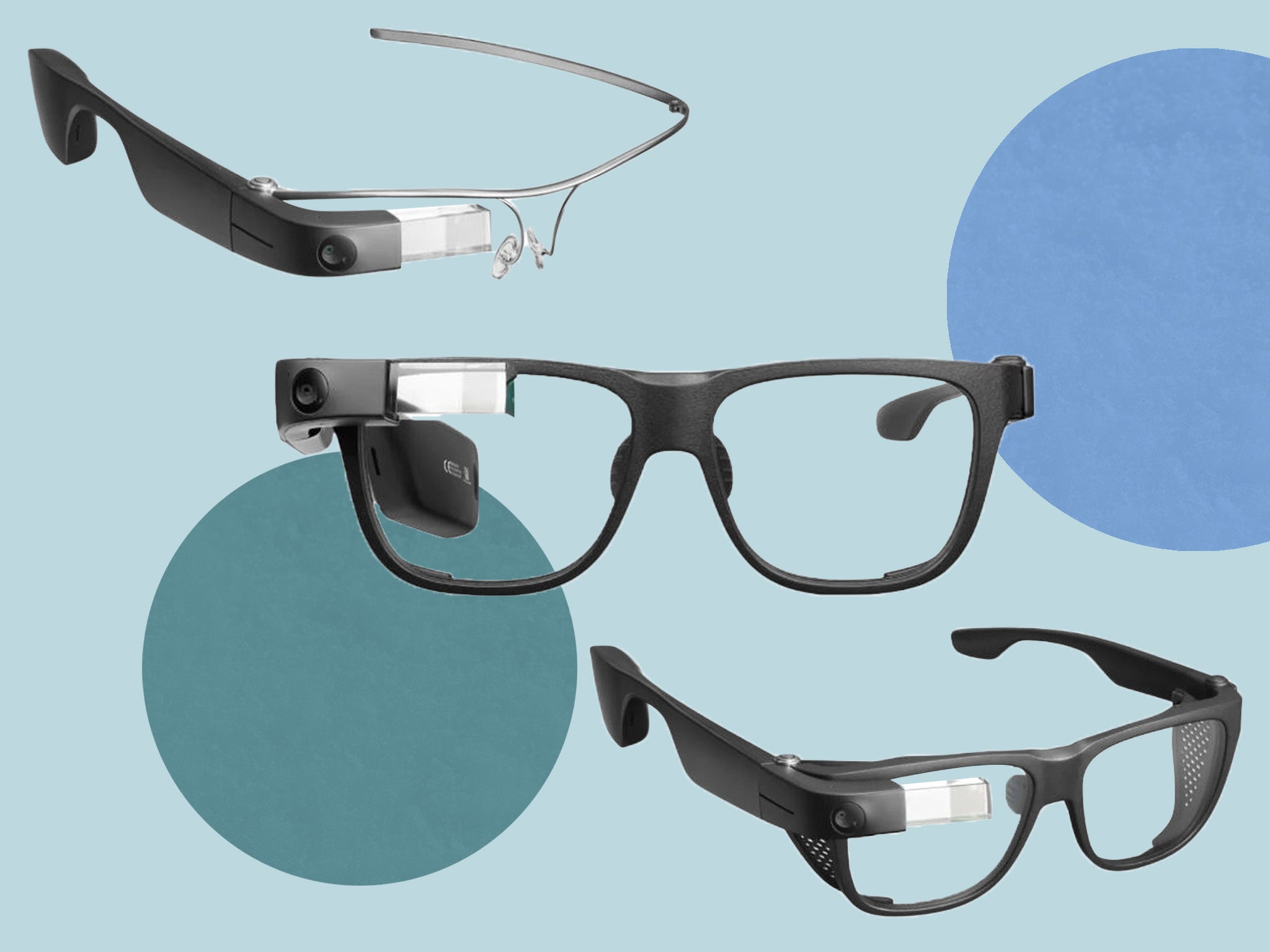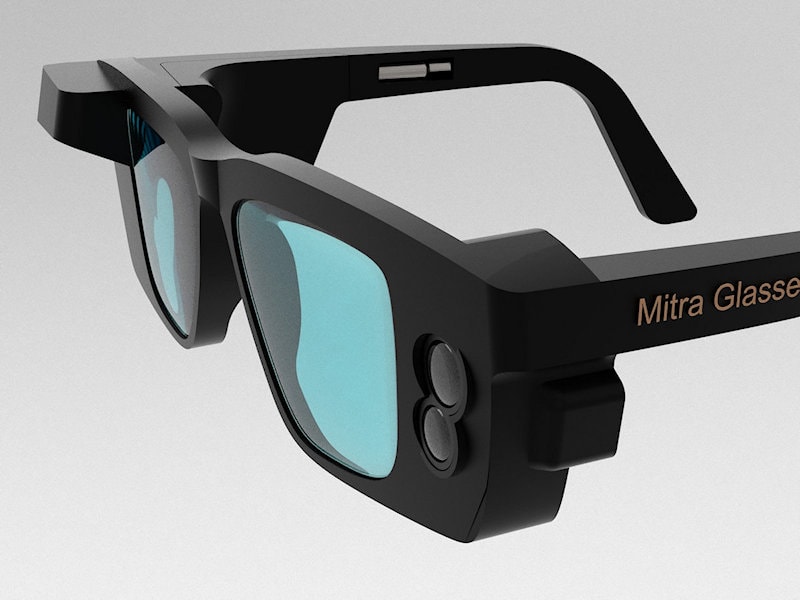The Future of Assistive Technology for the Blind: Empowering Independence
The Future of Assistive Technology for the Blind: Empowering Independence
Blog Article
Enhancing Availability Via Assistive Modern Technology for the Blind
The combination of assistive technology for the blind stands for a crucial innovation in access, fundamentally altering just how people navigate their environments and engage with society. As we explore the varied types of assistive devices and their tangible impacts on day-to-day living, it comes to be vital to check out how recurring technical advancements are improving the landscape of assistance for the blind community.
Review of Assistive Modern Technology
Assistive modern technology refers to a series of tools and software application made to improve the capacities of individuals with impairments, including those who are blind or visually impaired. This technology plays an essential role in advertising freedom and improving the high quality of life for customers. By giving different approaches for accessing details and doing daily jobs, assistive technology equips individuals to browse their settings better.
The advancement and implementation of assistive technology accept a selection of concepts aimed at fostering access. These principles include user-centered design, which focuses on the requirements and preferences of the person, and the combination of modern technology into day-to-day tasks. Such advancements make sure that assistive devices are not just useful but very easy and additionally instinctive to make use of.
Moreover, assistive innovation includes a varied range of services, from low-tech choices like magnifiers to sophisticated developments such as display viewers and Braille screens. The continuous development of this field is driven by the demand to attend to the one-of-a-kind obstacles encountered by individuals with aesthetic problems (Wearable technology for low vision). As technology continues to breakthrough, the capacity for improving accessibility and advertising inclusivity continues to be promising, eventually adding to a more fair culture

Sorts Of Assistive Gadgets
Many sorts of assistive tools are readily available to support individuals that are blind or visually damaged, each developed to deal with particular needs and challenges. These gadgets can be broadly categorized right into three primary kinds: low-tech, mid-tech, and modern options.
Low-tech tools consist of items such as magnifiers, Braille tags, and responsive maps. These are relatively easy devices that boost the customer's capability to communicate with their setting without needing complicated technology.
Mid-tech tools frequently include much more sophisticated features, such as digital magnifiers and portable Braille note-takers. These devices can supply capabilities like speech outcome, allowing individuals to accessibility info much more effectively.

Influence On Daily Living
The schedule of different assistive devices dramatically improves the lifestyle for individuals that are blind or aesthetically damaged, affecting their daily living in extensive methods. By integrating innovations such as display viewers, Braille shows, and audio description solutions right into their routines, users acquire greater freedom and self-reliance. These devices assist in accessibility to details, enabling individuals to execute everyday tasks, such as important site checking out emails, browsing public areas, and enjoying media web content.
In addition, assistive devices empower people to engage even more fully in social interactions and neighborhood tasks. The capability to use smart devices furnished with access functions permits smooth interaction and link with others. This connection fosters a sense of belonging and reduces feelings of seclusion.
In professional setups, assistive innovation sustains productivity by permitting people to complete work jobs efficiently. Tools like voice recognition software program and specialized magnification gadgets enable customers to join the labor force on equal ground with their sighted peers.

Innovations in Innovation
Recent technological developments have considerably transformed the landscape of tools offered for people that are blind or visually damaged. The assimilation of expert system (AI) and device knowing has actually triggered applications that boost navigating and object acknowledgment. Smartphone apps can now utilize AI to identify and define surroundings in real-time, offering individuals with useful contextual details.
Additionally, innovations in haptic modern technology have led to the development of smart canes furnished with sensing units that detect challenges and give responsive feedback. This equips individuals to navigate their environment with increased self-confidence and self-reliance. Advancements in text-to-speech software program and braille displays have enhanced the availability of electronic content, enabling for seamless interaction with numerous media.
Wearable innovations, such as clever glasses, are additionally making strides in assisting visual problems. As innovation proceeds an eye test to evolve, the potential for also more transformative tools remains on the perspective.
Future Trends and Innovations
As modern technology quickly proceeds, the future of assistive devices for people that are blind holds immense promise. Developments in fabricated knowledge (AI) and maker knowing are positioned to change the method blind customers communicate with their environments. For example, AI-driven applications are being established to boost things recognition, permitting customers to determine and navigate their surroundings with higher ease and accuracy.
Additionally, developments in haptic feedback modern technology are allowing the development of responsive maps and navigating help that give real-time info with touch. These developments not just enhance mobility however additionally foster independence. Additionally, wearable devices geared up with augmented fact (AR) features are emerging, offering customers aesthetic information with audio summaries, thus linking the gap between the physical and digital worlds.
Furthermore, the integration of clever home technology offers new possibilities for access, enabling individuals to control their living atmospheres via voice commands or mobile phone applications. As partnership in between tech designers and the blind neighborhood proceeds, the concentrate on user-centered style will certainly guarantee that future developments are customized to meet the one-of-a-kind needs of this populace (Wearable technology for low vision). The trajectory of assistive technology assures a much more empowering and comprehensive future for people that are blind
Verdict
In final thought, assistive innovation plays an important duty in enhancing accessibility for individuals with aesthetic disabilities. Continuous innovations in modern technology and user-centered design make certain that these devices provide efficiently to the one-of-a-kind needs of the blind neighborhood.
The integration of assistive innovation for the blind represents an essential advancement in accessibility, fundamentally changing just how people browse their atmospheres and involve with society.Assistive technology refers to an array of gadgets and software application designed to boost the capabilities of people with impairments, including those that are blind or aesthetically impaired. Wearable technology for low vision.As modern technology swiftly advances, the future of assistive tools for people that are blind holds tremendous promise. The trajectory of assistive technology guarantees an extra empowering and comprehensive company website future for individuals that are blind
In verdict, assistive innovation plays an important duty in improving access for individuals with visual problems.
Report this page